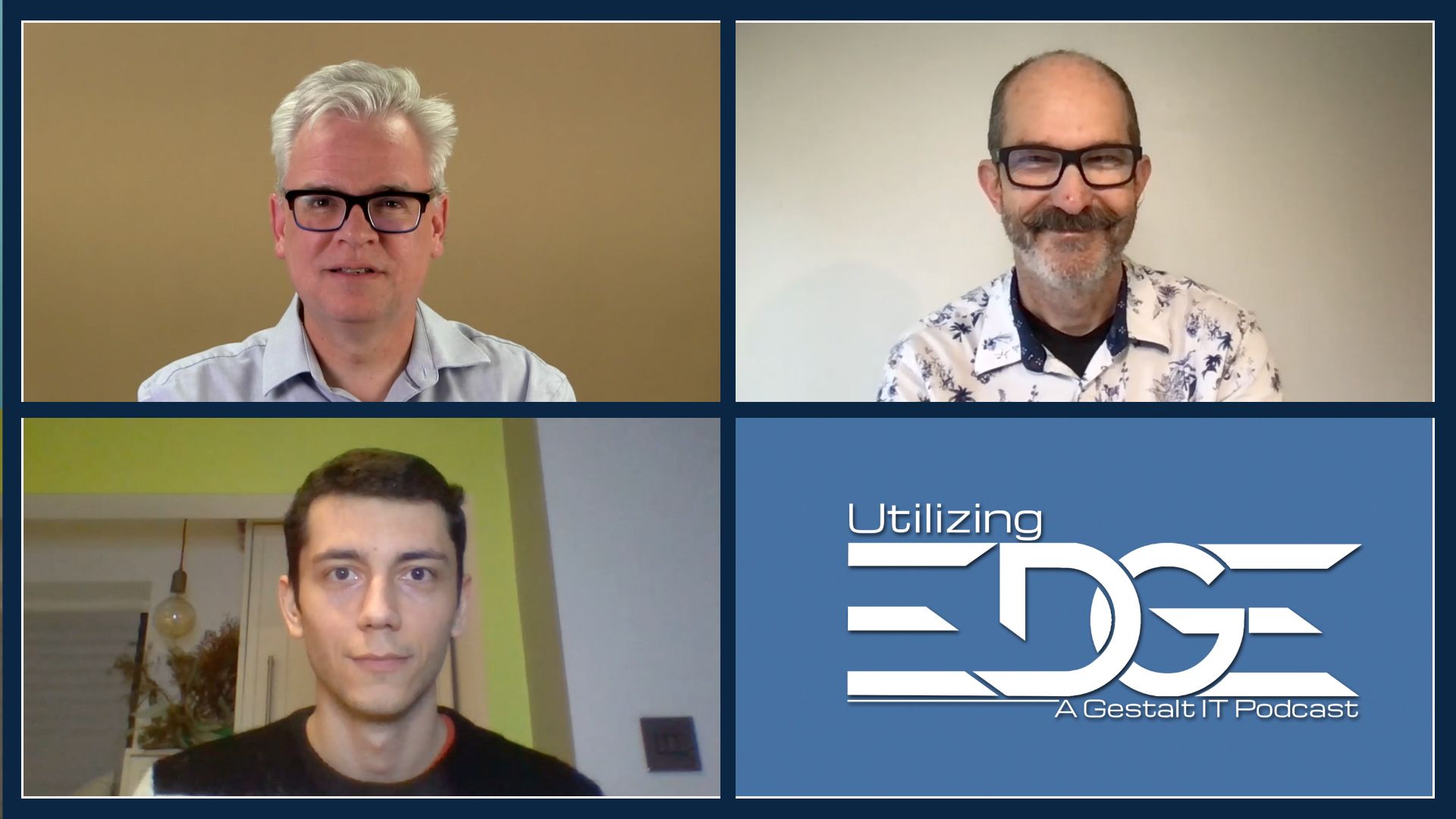Perhaps no term since “cloud” has been as mis-used as “edge”, explaining why it’s so maligned today. But edge computing makes a great deal of sense, bringing compute and storage closer to the location where it is needed, rather than continually sending data back to a central location for processing. For lack of a better name, compute at the edge is an increasingly important component of modern computing architecture as a way to improve speed, reliability, security, and efficiency.

Making the Case for Edge
The first reason many companies consider edge computing is to improve the speed of data processing thanks to reduced network latency. Network connectivity can introduce latency, causing frustrating delays and interfering with many applications. By bringing compute resources out of the datacenter it is possible to improve the performance of data processing and service new applications. This is especially important for when quick response is needed, including virtual reality, autonomous driving, retail, and industrial automation.
Edge computing can improve reliability and security of data processing. There is a risk of network disruption when data is transmitted over a network, and these links can fail or be intercepted. Moving compute resources closer to the data source can reduce these risks and help keep data processing flowing. Mission-critical and sensitive healthcare and financial applications often use edge compute for these reasons, since disruption or interception of this data is heavily regulated.
Another reason to adopt edge computing is to decentralize enterprise workloads. The increasing volume of data generated by devices and sensors can overwhelm networking links, not to mention centralized compute resources. Moving some data processing to the edge helps to distribute the workload more evenly. It can also increase the volume of data that can be processed, improving application outcomes. Edge compute can thus help to reduce costs and improve the effectiveness of applications.

Stephen’s Stance
Edge computing is an increasingly-important aspect of modern enterprise IT architecture, promising to improve the speed, reliability, security, and efficiency of data processing and improve cost and outcomes. IT vendors are increasingly specializing in edge compute, from orchestration and data management to storage and networking, and we are seeing an explosion of new products in this space. That’s why Gestalt IT has created Edge Field Day, an event focused on this space. Learn more about Edge Field Day at the Tech Field Day website and mark your calendar for the live stream, February 22 and 23!




